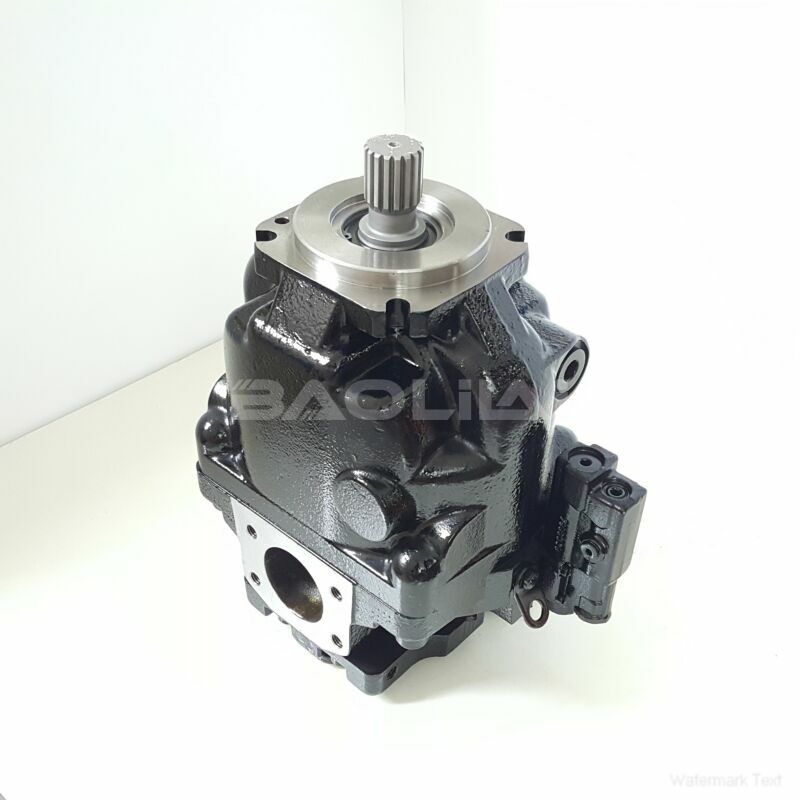ERR100BLB2520NNN3K5NPA1NNNNNNNNNN hydraulic pump
ERR100BLB2520NNN3K5NPA1NNNNNNNNNN hydraulic pump

- Product Details
- Applicable Scene
Hydraulic systems are crucial to the operation of various industrial equipment, providing the necessary force and motion for machinery to function efficiently. However, one of the common challenges faced in these systems is pressure loss in hydraulic pumps, which can lead to reduced efficiency, increased wear and tear on components, and ultimately costly downtime. Understanding how to identify and solve pressure loss issues is essential for maintaining optimal performance in hydraulic systems. Here are some effective strategies to address hydraulic pump pressure loss.
ER-R-100B-LB-25-20-NN-N-3-K5NP-A1N-NNN-NNN-NNN
ERR100BLB2520NNN3K5NPA1NNNNNNNNNN
First, it’s important to diagnose the root cause of the pressure loss. Several factors may contribute to this issue, including inadequate fluid levels, contamination, leakage, or pump wear. Regular maintenance checks should be performed, inspecting fluid levels and quality. Ensure that the hydraulic fluid is clean and free from contaminants, as dirty or degraded fluid can lead to blockages and increased friction within the system.

83003372
Next, check for leaks in the hydraulic circuit. Leaks can occur in hoses, fittings, or seals, resulting in a significant drop in pressure. Conduct a thorough visual inspection and consider using a hydraulic leak detection solution. Repair or replace any faulty components immediately to restore proper pressure levels.
Another critical aspect to consider is the condition of the hydraulic pump itself. Over time, pumps can wear down, which may lead to decreased performance and pressure loss. If the pump shows signs of excessive wear or damage, it may need to be rebuilt or replaced. Keep track of the pump’s operating hours and performance metrics, and follow the manufacturer’s recommended maintenance schedule.
Additionally, it is important to ensure that the hydraulic system is adequately sized for the application. An undersized pump may struggle to provide sufficient pressure, leading to inefficient operation. Review the specifications of your equipment, including flow rates and pressure requirements, to confirm that the pump is suitable for the job. If necessary, consider upgrading or replacing the pump to achieve better performance.





